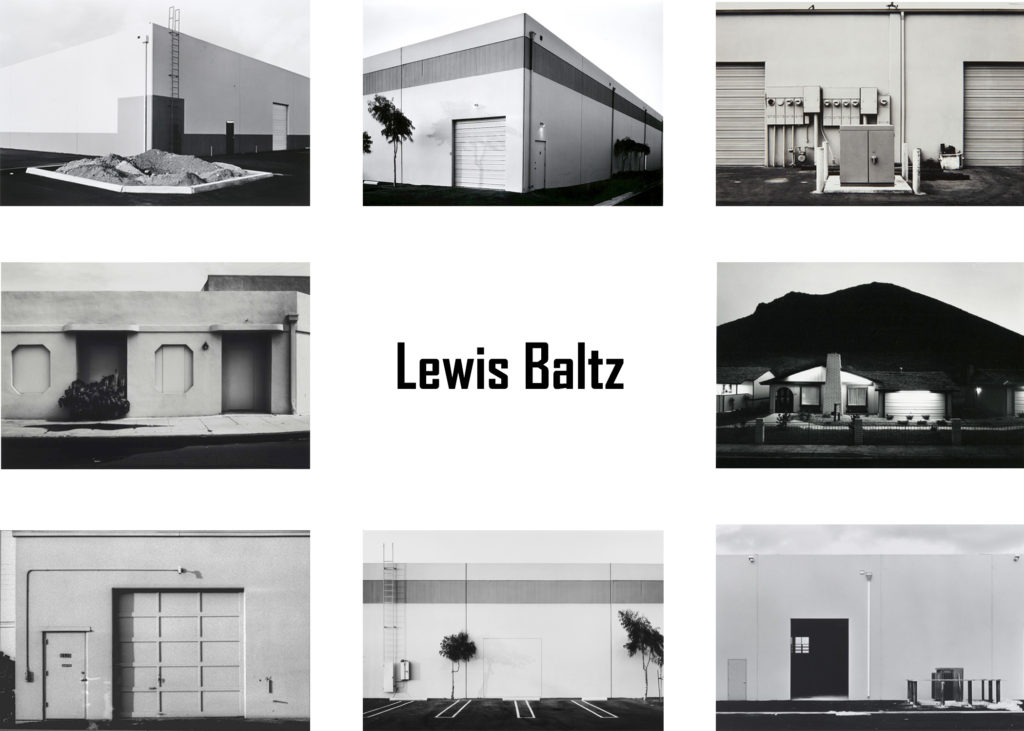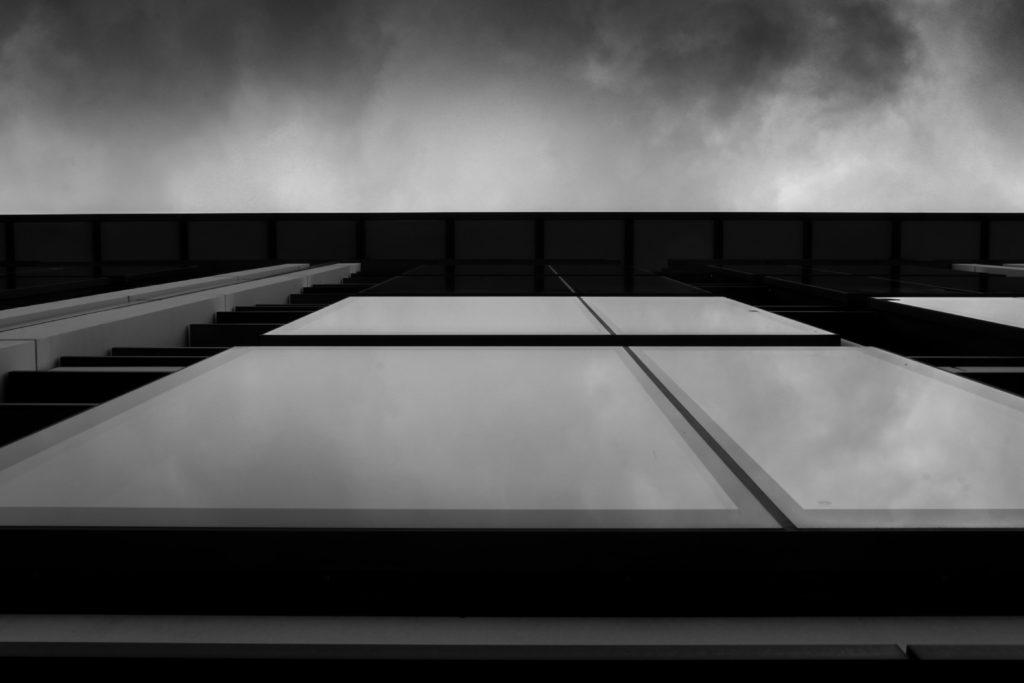What is New Topographics
New topographics was a term created by William Jenkins in 1975 to describe a group of American photographers which included Robert Adams and Lewis Baltz. Their pictures had a similar aesthetic and were mostly black and white images showing an urban landscape.
Most of the photographers linked to new topographics including Robert Adams, Lewis Baltz, Nicholas Nixon and Bernd and Hiller Becher. They were inspired by the man-made and selected places such as parking lots, trailer parks or housing and warehouses to photograph. The message in the images was how natural environments were being eroded by industrial development. The photographers found beauty in the chaos of the industrial world and how they link the complexity of the natural world to the complexity of the industrial world.
What was the New Topographic a Reaction to?
The new topographics were a reaction to the increasing suburbanised world evolving around the photographers.
Lewis Baltz (Case Study 1)

Context
Lewis Baltz was an American photographer born on September 12th 1945 in Newport Beach California. He went on to study at the San Francisco Art Institute and was involved with the New Topographics with his Man-Altered Landscape Exhibition in 1975. He focused on producing black and white images of parking lots, tract housing and industrial parks. He said that when living in Monterey, where the classic photographers such as the Westons, Wynn Bullock and Ansel Adams came to photograph nature, that he was drawn to shopping centres and gas stations instead of nature. The reason this style was so unique was that no-one had done this before so it was a new way of thinking about photography. He died on November 22nd 2014 in Paris, France. His works are held by a wide range of museums around the globe including in France, England and the USA.

Technical
All the lighting in the image is natural as the image was taken in a parking lot outside some sort of store. The light is natural but at the same time harsh meaning that at the time it was taken, there was most likely either a lot of cloud or none at all. Baltz has positioned the camera so that it is in line with the parking space lines, ladder to the left of the image and the trees slightly to the left and right of the image. The image has a low ISO because the image is not very dark and it is in black and white.
Visual
The image has a good tonal contrast between the light walls that have the sun lighting them up and the dark tarmac on the parking lot. There is also contrast between the light sky at the top of the image and the dark leaves on the two trees. We can tell that the sun is coming from the left of the image because of the shadows of the ladder, electricity box and trees. The ladder, trees and box next to the ladder bring a sense of repetition and pattern because they are being shadowed onto the light wall which brings excitement and a sense of illusion. The parking lot has no cars in which is strange as usually you would see people and vehicles in the car lot which creates further tension between man and nature. The parking lot spaces are leading the eye from the dark tarmac to the light wall and from the light wall to the empty sky.
Conceptual
I believe Baltz took this photo to show what effect humans have on nature and how nature is being limited. By photographing a parking lot with no cars or people in, he is saying that we are wasting the resources we have. He is also saying that by building our parking lots and buildings where nature is, we are limiting it to grow in urban parking lots with no space. Also I believe the contrast of tone between the dark tarmac and dark leaves versus the light wall is saying that nature and the ground are being covered, cut down and forgotten about by the growing developing urban and industrial world. Finally, I believe the ladder to the left of the image is a link to the idea of freedom and nature. However there is a covering on the ladder meaning that no one can go up it linking to the idea of nature being limited and disrupted by humans. He is trying to communicate the idea of the disruption of the natural order.
Where Can I Take Photos?

Plan
| Photoshoot | Where | When | Why |
| Industrial and Urban (day) | Finance centre | Saturday 20th March | To create images inspired by Lewis Baltz |
| Industrial and Urban (night) | Alleys and harbour | Easter | To create images like Gabriel Basilico |
Contact Sheet

I went on Saturday the 20th of March to the finance centre along the front near Liberty bus station. I also photographed a few alleyways around that area.

My Outcome

The image above is my strongest outcome of the first photo shoot linking to the New Topographics including urban and industrial. The image I chose was of a window from below that reflects the clouds and light quite well. I edited the image so it is in black and white and so that the darker tonal values are darker. I also made it so that the different tones were edited so that they were distinguishable, linking to Ansel Adams zone system. The outcome has dark and light tonal contrast and good clarity enabling the clouds to be seen in the reflection of the windows. Finally the clouds go from being dark and angry to light and calm as they get closer to the building.
